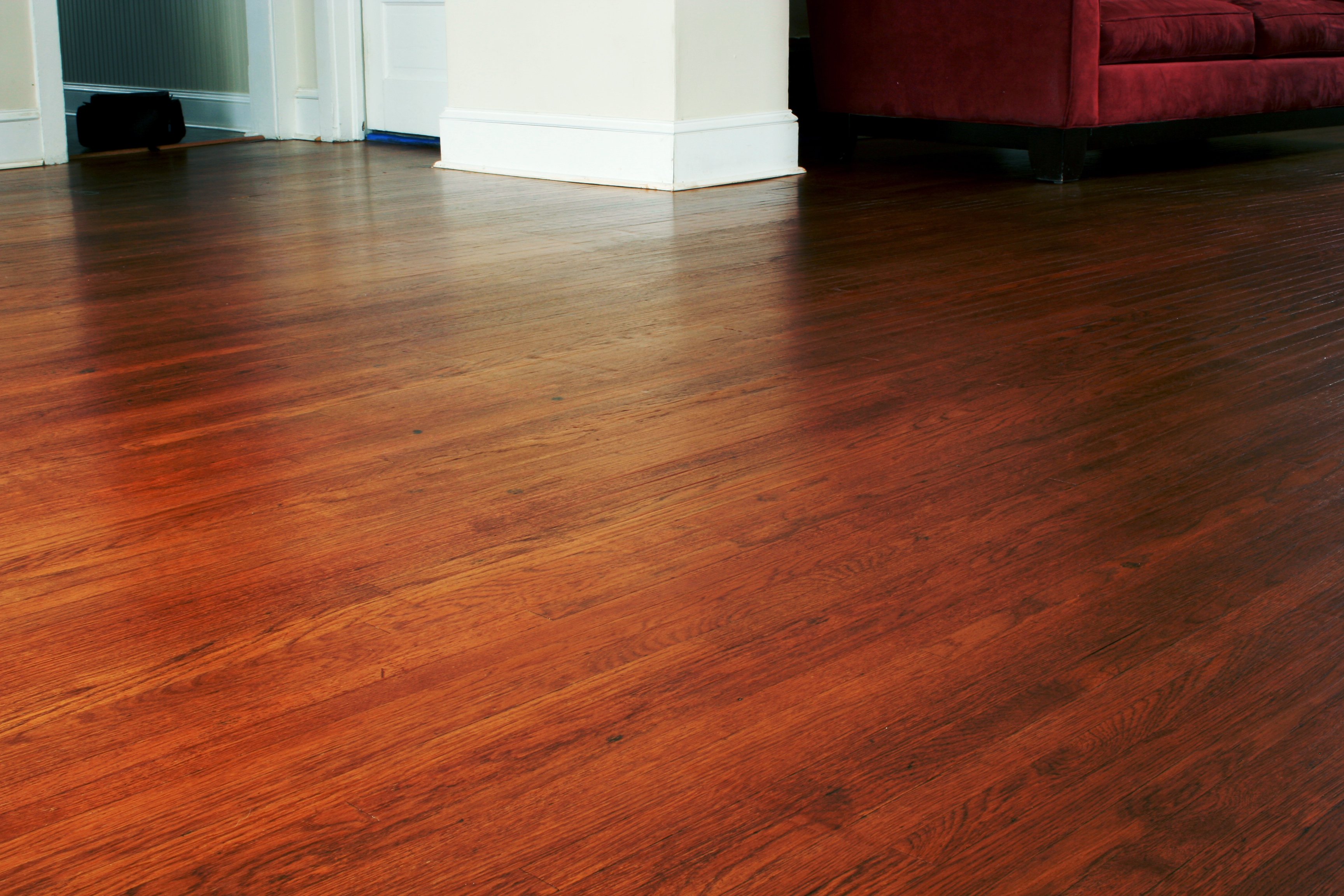And while a click lock engineered wood or laminate floor may be considered an upgrade on a new home it is a definite cold shower to your historic home s market price.
Straightening floors in old homes.
That is the difference.
One of the most common complaints of old house owners is sagging floors.
Here s a quick review of the most common problems and a few of the typical remedies.
Except for that slope the floor itself might be flat.
If the floor is sagging visibly in the middle or is very bouncy you may want to reinforce the floor to eliminate the sag and reduce the bounciness for example dishes rattling in a cabinet when you walk by.
Maintenance free tile is not a selling point for these kind of houses.
Wood floors need to breathe.
When old wooden homes were built the floors were not supported as much as they should have been for 100 years of use.
When considering this option think about the transition between old floor heights and new floor heights at doorways.
The humidity levels in your home naturally change with season temperature and weather.
The typical buyer of an old or historic home is expecting hardwood floors.
Expect to find more slopes in an older home.
The grooves rise higher and the peaked areas involve more than one floorboard.
Wood responds to changes in temperature or humidity by warping and that can be bad news for your hardwood floor.
In my own house for example every floor pitches toward the center stairwell.
I guess they just didn t expect the house to hang around that long.
Although generally only an annoyance sagging floors can be an indication of worsening problems.
A slant slope situation might be one where over the course of 15 or 20 horizontal feet the floor slopes down one or two inches.
No one had quartz or marble counter tops and multiple heavy appliances.
Floor slopes and slants are common in old houses.
This is common in old houses and is usually more of a nuisance than a safety issue.
How old is the home.
Even a slope as great as an eight inch per foot in an 80 year old home may be no problem while any readily discernible slope in a 5 year old house would be reason for concern.
Slightly sloping floors which are common in older houses often worry homeowners who want to install new rigid floorings such as laminate ceramic tile or hardwood.
Old subfloor and into the joists the new subfloor can help to reduce floor bounce.
Warping manifests as gaps between the boards.
Water damage is usually the reason for buckled floors but mistakes during installation are frequently the cause behind peaks.
If you are considering a purchase of any home with noticeably sloped floors consider these four factors.




























